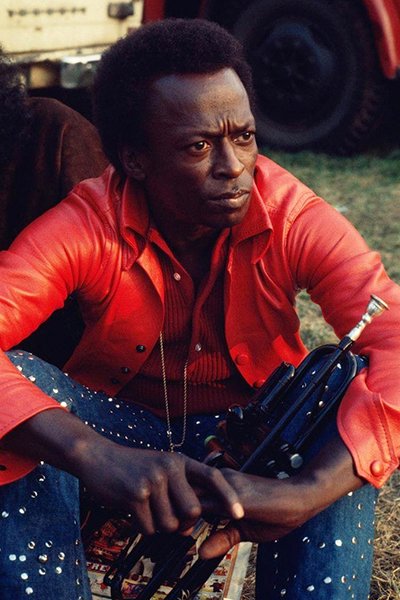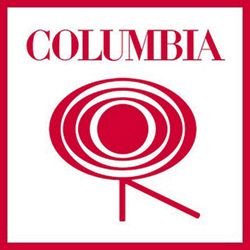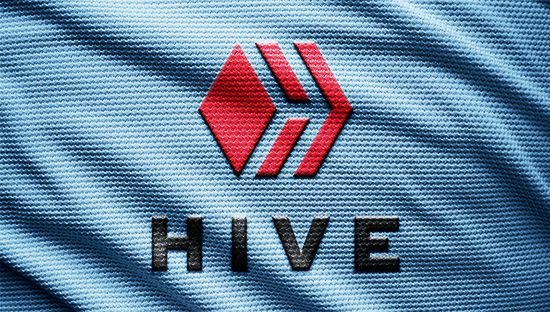Wayne Shorter (saxo soprano), Miles Davis (trompeta), Bennie Maupin (clarinete bajo), John McLaughlin (guitarra eléctrica), Joe Zawinul y Chick Corea (piano eléctrico), Dave Holland (contrabajo), Harvey Brooks (bajo eléctrico), Don Alias y Jack DeJohnette (batería) y Juma Santos (percusión). Extraído del álbum Bitches Brew (1970) de Miles Davis.
Los tres días que la banda fue al estudio, Miles Davis grabó los temas por secciones mientras daba instrucciones sobre las melodías, los acordes, el tiempo y el sonido. Esta era su forma de trabajar, puesto que obligaba a los músicos a escucharse unos a otros y a estar atentos a lo que ellos mismos tocaban y a sus propias indicaciones, que podían cambiar en cualquier momento, extrayendo de ellos su máximo rendimiento. Allí teníamos intérpretes virtuosos de primera fila creando al instante arreglos, matices y texturas en una incesante búsqueda del momento perfecto en un torbellino emocional. Además, en lugar de improvisar con frases mesuradas y melódicas, como era su costumbre, en este álbum Davis lo hizo de manera rápida y agresiva, entre gritos y gruñidos, utilizando el registro superior de la trompeta y abriéndose paso hacia otros mundos.
On the three days the band went to the studio, Miles Davis recorded the tracks in sections while giving instructions on the melodies, chords, timing and sound. This was his way of working, since he forced musicians to listen to each other and to be aware of what they played themselves and to his own indications, which could change at any time, getting the most out of them. There we had first-rate virtuoso interpreters instantly creating arrangements, shades and textures in an endless search for the perfect moment in an emotional whirlwind. In addition, instead of improvising with measured and melodic phrases, as was his custom, in this album Davis did it quickly and aggressively, between screams and grunts, using the upper register of the trumpet and making way for other worlds.

El ritmo y las cadencias eran lo más importante y los temas apenas tenían estructura. Fueron sesiones de aquelarre en el que las más preparadas brujas del jazz eléctrico cocinaron una pócima groovy, vanguardista, atrevida y apasionante. No obstante, los músicos abandonaban cada día el estudio de grabación desconcertados y convencidos de no haber concluido temas válidos, sino material fragmentado y sin rumbo aparente. Ni siquiera grababan un tema en una toma ni las improvisaciones tenían ninguna dirección concreta, puesto que después Davis lo iba a escuchar todo y a cortar y pegar fragmentos para elaborar el resultado final. Anteriormente ya había explicado a Teo Macero, productor del disco, que tenía que limitarse a grabar todo lo que tocaran sin interrumpirlos ni preguntar nada.
Rhythm and cadences were the most important thing and the themes were barely structured. They were coven sessions in which the most skilled witches of electric jazz cooked a groovy, avant-garde, daring and exciting potion. Nevertheless, the musicians left the recording studio every day confused and convinced of not having concluded valid tunes, but fragmented and aimless material. They didn’t even recorded a track in one take, nor did the improvisations have any specific direction, since Davis would later listen to everything and cut and paste fragments to elaborate the final result. Previously he had explained to Teo Macero, producer of the album, that he had to limit himself to recording everything they played without interrupting them or asking anything.

El resultado fue una aglomeración de música sin cambios de acordes ni ritmos bailables que Davis y Macero dieron forma reordenando diferentes partes y añadiendo efectos de postproducción hasta construir jam sessions. De este modo convirtieron el estudio de grabación en un instrumento musical más con ediciones y efectos especiales, como bucles y retardos de cinta, cámaras de reverberación y eco, que formaban parte integral de la música y que tuvieron que ser imitados por el grupo en los conciertos en directo. De hecho, Davis aceptó presentarse en la televisión y actuar en templos del rock, como el Fillmore East, el Fillmore West y el Festival de la isla de Wight, aunque tuviera que hacer de telonero de otros grupos, además de en el Newport Jazz Festival.
The result was an assemblage of music without chords changes nor dance rhythms that Davis and Macero gave shape by rearranging different parts and adding post-production effects to build jam sessions. In this way they turned the recording studio into another musical instrument with special editions and effects, such as tape loops and delays, reverb cameras and echo, which were an integral part of the music and had to be imitated by the group in live concerts. In fact, Davis agreed to appear on television and perform at rock temples, like the Fillmore East, Fillmore West and The Isle of Wight Festival, even if he had to play opening act for other groups, as well as at the Newport Jazz Festival.

Translated with the help of DeepL
℗ Columbia Records


Si te ha gustado el tema, quizá querrás escuchar también los anteriores de este álbum:
If you liked the track, you might also want to listen to the previous ones on this album:


Genial! muchas gracias por la recomendación!
Me alegro de que te guste. ¡Que pases un buen día! 😀